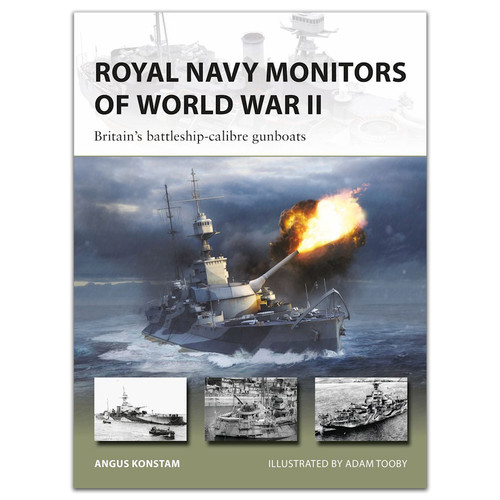Illustrated with original artwork and archive photos, this is the history of Germany's extensive use of captured tanks in World War II.
In this book Steven J. Zaloga, one of the world's leading armor authorities, uncovers the history of one of the least-known aspects of Germany's World War II Panzers: the extensive use of captured armored vehicles, “Beutepanzer.” The best came from the fall of France, and the Somua S 35 and Panhard 178 proved popular in German service. Others, such as the antique Renault FT, were used for secondary tasks such as anti-partisan missions and airfield protection. Most curious of all were the “Becker conversions,” a private venture of a German artillery officer with family industry, who mechanized his unit's towed artillery and went on to oversee the modernization and upgunning of many French Beutepanzers. These would play a particularly important role in Normandy in 1944.
Although the Wehrmacht captured large numbers of Soviet tanks, these saw very limited service, and most were sent to the smelters. When Italy switched sides in September 1943, the Italian AFV industry continued producing tanks and AFVs for the Wehrmacht, while tanks and AFVs captured from other Allied armies including Britain and the US were generally used on a small, improvised scale.
Illustrated with superb new profiles and some rare archive photos, this is a concise guide to an intriguing element of World War II armor.
In this book Steven J. Zaloga, one of the world's leading armor authorities, uncovers the history of one of the least-known aspects of Germany's World War II Panzers: the extensive use of captured armored vehicles, “Beutepanzer.” The best came from the fall of France, and the Somua S 35 and Panhard 178 proved popular in German service. Others, such as the antique Renault FT, were used for secondary tasks such as anti-partisan missions and airfield protection. Most curious of all were the “Becker conversions,” a private venture of a German artillery officer with family industry, who mechanized his unit's towed artillery and went on to oversee the modernization and upgunning of many French Beutepanzers. These would play a particularly important role in Normandy in 1944.
Although the Wehrmacht captured large numbers of Soviet tanks, these saw very limited service, and most were sent to the smelters. When Italy switched sides in September 1943, the Italian AFV industry continued producing tanks and AFVs for the Wehrmacht, while tanks and AFVs captured from other Allied armies including Britain and the US were generally used on a small, improvised scale.
Illustrated with superb new profiles and some rare archive photos, this is a concise guide to an intriguing element of World War II armor.






